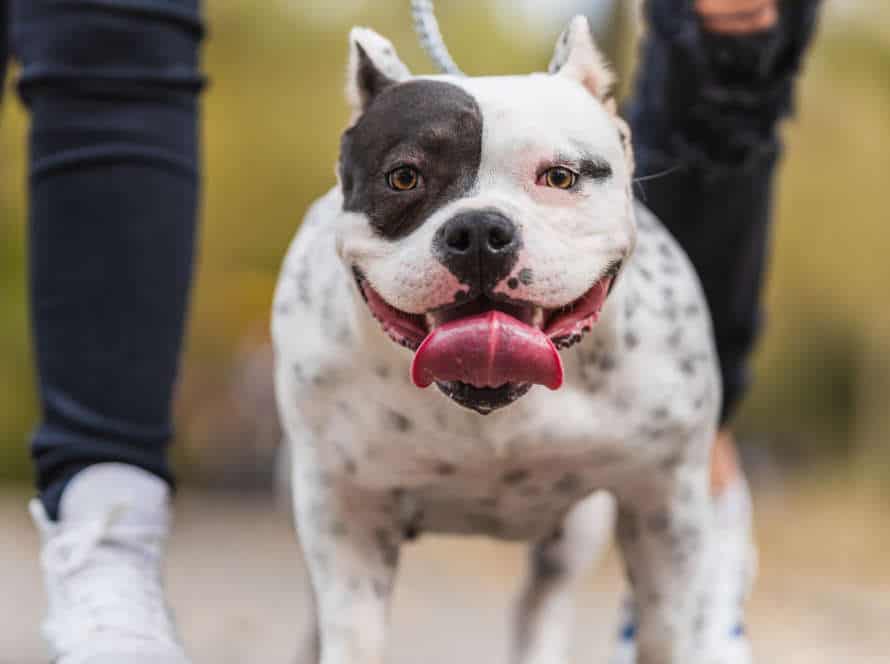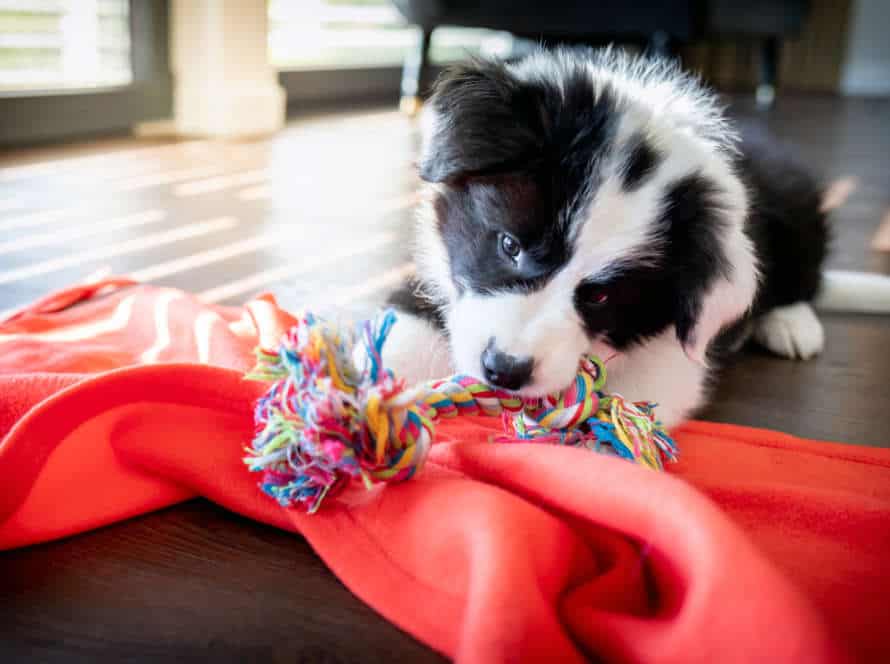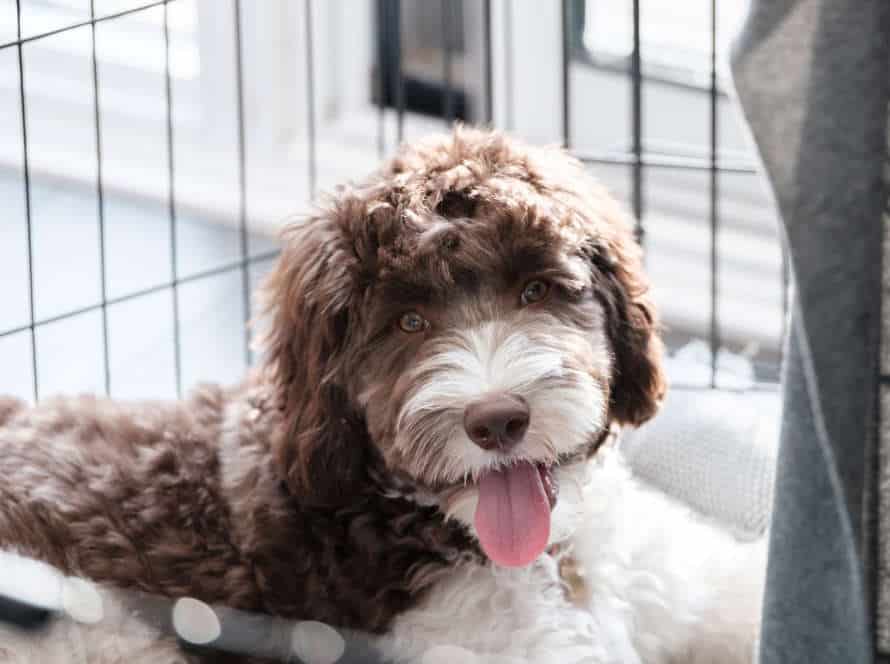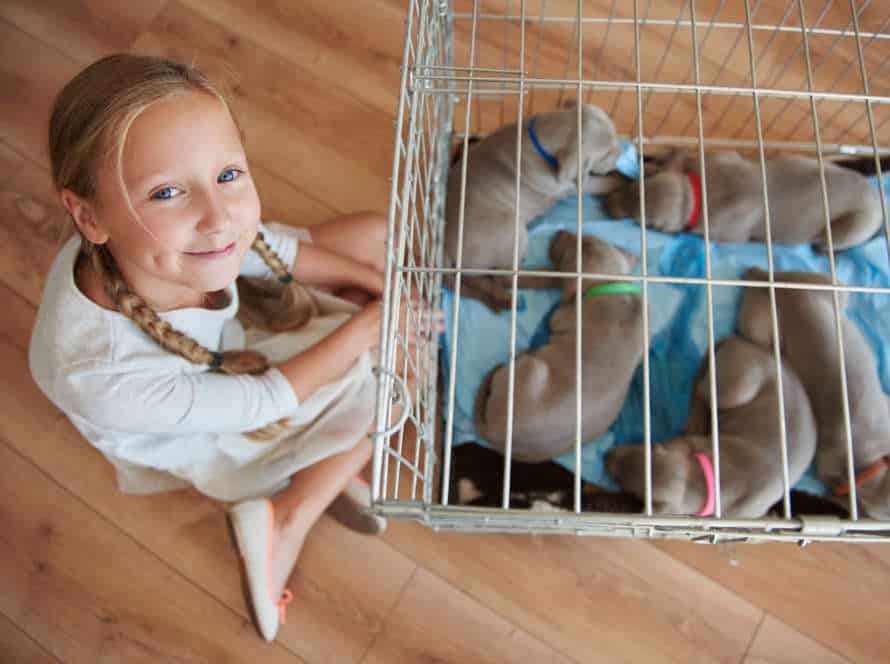Essential Crate Training Commands for Dog Owners
Crate training is a must for any pup to be well-mannered and house-trained. Teach these commands for positive crate time for both you and your pup:
- “Go to bed” – Tell your dog to enter the crate and lie down.
- “Stay” – Make sure your pup stays in the crate until you say so.
- “Quiet” – No barking or whining when in the crate.
- “Okay” – When you say this, it’s time for your pup to leave the crate and get treats and praise.
Always make crate training pleasant and rewarding. With these commands, your pup can become a pro in no time!
The Basics of Crate Training
Crate training is vital for all dog owners. It provides your pup a safe, cozy spot they can call their own. It also offers you more control of their behavior. Knowing the basics of crate training is a great way to make sure your dog is well-behaved and happy in their crate. Let’s explore the key commands you need to know when crate training your pup.
Introduce the Crate to Your Dog
Introducing a crate to your pup is a must-do for crate training. It not only assists you in managing your dog’s behavior, but also gives them a cosy place to snooze and chill. Here are the fundamentals of crate training and some commands you should know:
- Find the right size crate for your pup. It should be large enough for them to stand, turn and rest comfortably.
- Introduce your dog to the crate gradually. Provide treats, praise and positive reinforcement to make it a pleasant experience.
- Encourage your pup to go into the crate willingly and gradually increase the time they stay in it.
- Teach your pup essential commands like “crate” or “kennel” to get them to enter the crate on command and “release” or “free” to let them out.
- Make the crate comfy and inviting for your pup. Put a bed, toys and treats in it.
- Be consistent and your pup will love the crate, seeing it as a secure and soothing space.
Encourage Your Dog to Enter the Crate
Crate training your pup? Here’s what to do!
- Choose a crate with enough room for them to move and lie down.
- Put in soft bedding and a treat to make it inviting.
- Use a treat or toy to lure them to the crate entrance. Repeat a few times until they feel comfortable.
- Gradually increase the time spent in the crate, starting with a few minutes and eventually getting to an hour or more.
- Praise and offer treats when they enter the crate to reinforce the positive behavior.
- Command “crate” when luring them to the crate or praising.
Pro tip: Don’t force your pup into the crate – this creates bad associations.
Gradually increase Crate Time
Gradually increasing crate time is essential for crate training your pup. This helps make the crate a comfortable and safe place for them.
How to do it? Begin with really short crate sessions (2-3 minutes) and slowly increase it over days or weeks depending on their personality.
- Give treats or rewards when they enter the crate and stay there.
- Increase the amount of time in the crate as they get more comfortable.
- Use a crate training command like “Go to bed” for them to enter the crate by choice.
- Gradually reduce the treats and reward with verbal praise or petting instead.
- Be patient and don’t force them into the crate. Be consistent to make it a positive experience.
- Gradual progress is the key!
Essential Crate Training Commands
Crate training is necessary for all dog owners. It teaches dogs about boundaries and their role in the home. This reduces barking and whining, as well as other disruptive behaviors.
Here are some basic crate training commands to teach your pup:
Sit Command
Training your dog to obey the “sit” command is a must in crate training. This simple but effective technique will help them become obedient and disciplined. Here’s how to do it:
- Take a treat and bring it close to your pooch’s nose.
- Move the treat up and back towards their forehead. This will make them lower their front half into a sitting position.
- Give the treat and praise them with words like “good boy/girl“.
- Repeat this multiple times a day. Gradually reduce the use of the treat until your pup understands the command without it.
The “sit” command has many uses. Feeding, crossing the road, and entering or leaving the house are just some examples. It’ll provide safety and security, making your furry friend a better companion.
Down Command
The down command is key to crate training your pup. Here’s how to teach it:
- Start by saying “sit” to make your pup comfortable and focused.
- Hold a treat and lower it to the ground.
- Say “down” and move the treat towards the back of the crate.
- Once in the down position, give the treat and repeat the process.
- Gradually reduce treats and replace them with praise or petting.
- Repetition and consistency are key to successful training.
- Praise your pup every time they follow your command and lie down in the crate.
Remember, training is a gradual process. Be patient with your pup!
Stay Command
‘Stay Command’ is a must-know for crate training your pup! Here’s how:
- Start with the ‘Sit’ command – it creates dominance and makes it easier to give the ‘Stay’ command.
- When your doggo is seated, hold your hand up in a stop gesture and command ‘Stay’.
- Step back a few steps and wait. Give a treat if they stay put.
- Repeat, increasing the distance.
- Reward only when they stay in place the whole time.
This will help your dog stay calm and obedient when put in their crate. Pro Tip: Reinforce the ‘Stay’ command elsewhere to ensure your pup obeys it always.
Come Command
The “come” command is crucial for crate training dogs. It’s important for their safety and obedience. How to do it? Start by speaking your pup’s name then the “come” command in a firm but cheerful way. When they come, give them a treat or praise.
Train in a quiet place first, and increase the distractions and distance gradually. Always use positive reinforcement and avoid punishing if they don’t come right away. Remember, consistency is key to successful crate training. With a bit of patience and practice, your canine will learn the “come” command and be a good pup. Pro tip: Use the same tone and body language each time you give the “come” command – whether it’s a reward or praise.
House Training with Crate
Crate training is a go-to option for house training your pup. It teaches them where to go potty and helps avoid messes. They also get their own space to chill and relax. Though, to make crate training effective, commands and consistency are key. Let’s look at some main commands and how to use them!
Take Your Dog Out Often
Take your dog out often to avoid accidents and help them succeed with house training. Use a crate for this process. It’s important to combine regular trips to the bathroom with commands. Here are essential commands for dog owners:
“Crate” – Say this when you want your dog to get into their crate. Use repetition and rewards.
“No” – Use this for misbehavior.
“Good dog” – Use this to reward good behavior.
“Outside” – Say this when taking them out to do their business.
“Come” – Call your dog from a distance.
Keep up trips to the bathroom + commands, and your dog will have success with house training.
Praise and Reward Your Dog
Praising and rewarding your pup is a great way to encourage good behavior during crate training, and to build a strong bond with your furry friend. Here’s what to do:
- Give a treat when your dog follows commands like going in the crate, sitting or lying down.
- Use positive reinforcement – pet and praise them for good behavior.
- Tell them “good job” or “well done” when they do it right.
Be consistent with the rewards – this will help your pup learn the right way, and make your relationship even better. Pro tip – use different kinds of treats to make things more fun!
Maintain a Consistent Schedule
Consistent scheduling is essential when house training your dog with a crate. Crate training is an efficient way to teach your pup good behavior, and help them last longer between breaks. Here are some essential crate training commands for dog owners to maintain consistency:
- Set a routine: Have a specific time for feeding, playtime, potty breaks, and crate time. A regular routine will help your pup know what to expect and feel secure in their environment.
- Choose a size: Your pup should be able to stand and turn around in the crate comfortably. The crate shouldn’t be too big, so your pup can’t create a separate area for sleeping and using the restroom.
- Use a release command: Utilize a consistent command like “OK” or “Free” to indicate when it’s okay for your pup to leave the crate.
- Be patient: Crate training takes time and patience. Avoid pushing your pup to stay in the crate too long, too soon. Increase the time gradually as they become more accustomed.
Pro tip: Keeping a consistent schedule is vital for successful crate training. Make sure to follow the same routine and reward good behavior to encourage positive habits.
Common Crate Training Problems and Solutions
Crate training need not be daunting for new dog owners. Consistency, patience and positive reinforcement will help you succeed. Let’s look at some common issues and solutions. Familiarize yourself with this info to make crate training simpler and more enjoyable for you and pup!
Separation Anxiety
Separation anxiety is a common issue with crate-training dogs. It can be tough for owners to leave their pets, even for a few minutes. Here are tips to help your pup overcome fear while training:
- Start with quick crating sessions and gradually increase the time as your dog feels more relaxed.
- Use rewards like treats and compliments to make the crate a good experience.
- Be consistent with the routine and avoid sudden changes.
- Give your dog interactive toys and comfy bedding in the crate to keep them busy and stress-free.
- Teach essential commands like “Sit,” “Stay,” and “Quiet” to reinforce good behavior and reduce anxiety. These commands make it simple for you to manage your dog in the crate.
Whining and Barking
Whining and barking are common crate training challenges. But, there are successful solutions to manage their behavior and make the experience positive.
Work out why your pup is whining or barking. It could be related to anxiety, boredom, or a need to go to the bathroom. Sort the cause and stop the undesired behavior.
- Ignore the barking/whining and only reward calm behavior.
- Make the crate comfy and inviting.
- Desensitize your dog slowly.
- Use treats and positive reinforcement.
- Exercise and bathroom breaks should be consistent.
Practice “Crate,” “Stay,” and “Release” commands to help set boundaries. Create a positive connection with the crate.
Crate training takes time and patience. With regular training and positive reinforcement, your dog can love their crate and become a good member of your household.
Chewing and Destructive Behaviors
Chewing and destructive behaviors are common issues for dog owners during crate training. Fortunately, there are solutions that can help.
- Chewing: Dogs may chew because of boredom or stress. Give them plenty of toys and activities. Also, allow time for play and exercise.
- Whining: Dogs can whine or bark when left in the crate. Increase the time they spend in the crate and reward good behavior.
- Escaping: Some dogs may be able to escape the crate. Choose a strong, suitable crate and use a cover.
Essential commands to know:
- “Crate” – Teach your dog to enter their crate on command.
- “Quiet” – Teach your dog to stop barking/whining on command.
- “Stay” – Teach your dog to stay in their crate until released.
Be patient and consistent when training. Use positive reinforcement techniques.
Additional Tips for Successful Crate Training
Mastered the basics of crate training already? Great! Here’s a few bonus strategies to make it even easier. Reinforce good behavior, add new items to their crate and reward them for being awesome.
Let’s check out these extra tips for successful crate training.
Never use the Crate as Punishment
Crate training your pup? Don’t use it as punishment! Instead, use positive reinforcement. Make the crate a comfy spot with treats, toys, and blankets. Teach ‘crate’ or ‘kennel’ commands to get them inside. Whenever they get in, reward and praise them. Patience and consistency is key. With time, your pup will learn to love their crate!
Keep the Crate Clean and Comfortable
Crate training your pup? Keep it clean and comfy. Here’s some tips to make it a pleasant and secure spot:
- Use a bed or blanket to create a cozy sleep area.
- Clean the crate often with non-toxic cleaners. Stop bacteria and odors.
- Make sure the crate fits your pup. Enough space to stand and turn, but not too much that they can use it as a bathroom.
- Place it in a quiet area of the house. Cut down on noise and distractions.
- Praise and treat your pup during crate training. Encourage positive behavior.
- Be consistent. It may take time, but your pup will learn to love the crate as a secure and comfy place.
Use Treats and Positive Reinforcement
Make crate training your pup a cinch! Use treats and positive reinforcement for success. Here’s the how-to:
- Place a treat in the crate and let your pup retrieve it. Command? “Crate”!
- Gradually increase the time your pup spends in the crate, rewarding with treats and praise. Command? “Stay”!
- Never force or use crate as punishment. Command? “No”!
- Keep it consistent with a routine. Command? “Routine”!
- Use a cue phrase to signal it’s time to enter the crate. Command? “Cue”!
Patience, persistence, and these commands will make your pup a happy, well-trained pup in no time!
Stay Patient and Consistent.
Crate training is a great way to train your pup. However, it takes patience and consistency from the owners. Here are some tips to make it successful:
- Start slow – introduce your doggy to the crate bit by bit, with treats inside.
- Make it comfy – add a soft bed or blanket to the crate.
- Use commands – teach your dog commands such as “crate” and “quiet”.
Be patient and consistent with crate training, and your pup will grow to love it as their safe space.
Frequently Asked Questions
1. What are the essential commands I should teach my dog during crate training?
During crate training, it is important to teach your dog commands like “crate” or “kennel” to indicate they should enter the crate, “stay” to remain in the crate, and “release” or “free” to indicate they can exit the crate.
2. How long should I leave my dog in their crate for each day?
It is recommended that you leave your dog in their crate for 2-4 hours at a time during the day, with a maximum of 6 hours. They should not be left in their crate for prolonged periods of time as this can be stressful for them.
3. Can crate training be used to house train my dog?
Yes, crate training can be a useful tool for house training your dog. By keeping them in their crate when unsupervised, you can prevent accidents in the house and teach them to hold their bladder for longer periods of time.
4. What should I do if my dog doesn’t want to go in their crate?
It is important to make the crate a positive and comfortable space for your dog. You can do this by placing their favourite toys, blankets, and treats inside the crate. You can also gradually increase the amount of time your dog spends in their crate each day.
5. Is it okay to leave my dog in their crate while I am at work?
If properly trained, it is okay to leave your dog in their crate while you are at work. However, it is important to ensure they have access to water, and that they are not left in their crate for more than 6 hours at a time.
6. Can crate training be harmful to a dog?
No, when done properly, crate training is not harmful to dogs. It is important to use positive reinforcement techniques and to ensure that your dog is comfortable and safe while in their crate.







